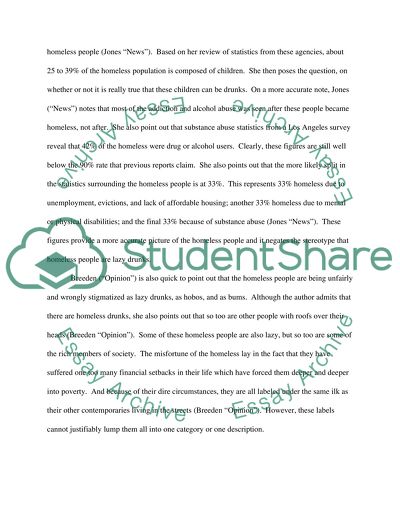Cite this document
(“Culture Essay Example | Topics and Well Written Essays - 1000 words - 1”, n.d.)
Culture Essay Example | Topics and Well Written Essays - 1000 words - 1. Retrieved from https://studentshare.org/miscellaneous/1562517-culture
Culture Essay Example | Topics and Well Written Essays - 1000 words - 1. Retrieved from https://studentshare.org/miscellaneous/1562517-culture
(Culture Essay Example | Topics and Well Written Essays - 1000 Words - 1)
Culture Essay Example | Topics and Well Written Essays - 1000 Words - 1. https://studentshare.org/miscellaneous/1562517-culture.
Culture Essay Example | Topics and Well Written Essays - 1000 Words - 1. https://studentshare.org/miscellaneous/1562517-culture.
“Culture Essay Example | Topics and Well Written Essays - 1000 Words - 1”, n.d. https://studentshare.org/miscellaneous/1562517-culture.


